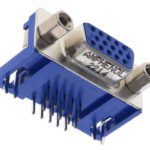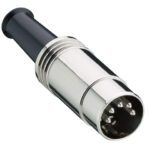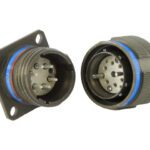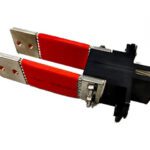What are FFC (flat flexible cables)?
Meet the Connector: FFC (flat flexible cable)
FFC (flat flexible cable) is a ribbon-type cable used to connect PCBs. It is typically used in laptops, cellphones, and other high-density electronic applications. FPC (flexible printed circuit) is sometimes used to refer to FFCs, but one important difference is that FPCs incorporate components, while FFCs are typically straight connections without components.
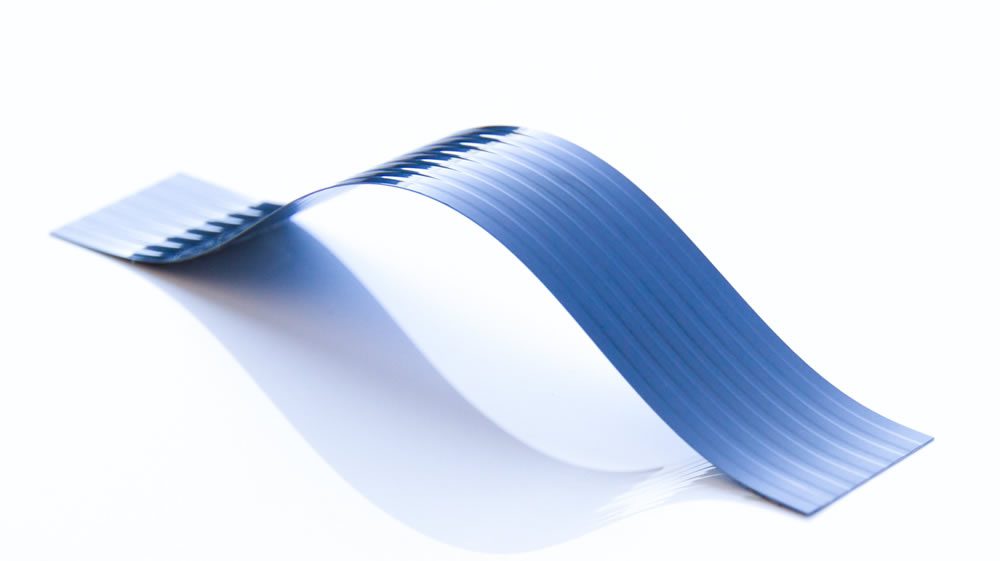
Nicomatic’s FFC cables are made of tinned copper conductors laminated between layers of polyester with a thermal glue which increases their lifespan. With pitches ranging from 0.5 mm to 2.54 mm, they can be used in all board-to-board environments. FFCs are soldered directly or used with standard ZIF/LIF type connectors.
FFCs became the PCB standard interface in the 1970s. The cable consists of a plastic film that contains multiple flat metallic conductors bonded to one surface. Thin rectangular copper conductors are laminated between two layers of polyester insulation. Each end of the conductors is left uncovered and then tin plated to make electrical contact with the connector. The ends of the cable are sometimes reinforced with a stiffener for easy insertion or strain relief. This makes the cable slightly thicker at the ends.
FFCs are suited to high-flex applications because they often take up less space, offer greater flexibility, and are more flexible than round cables, which are wrapped by different materials. The wires in FFC are protected individually.
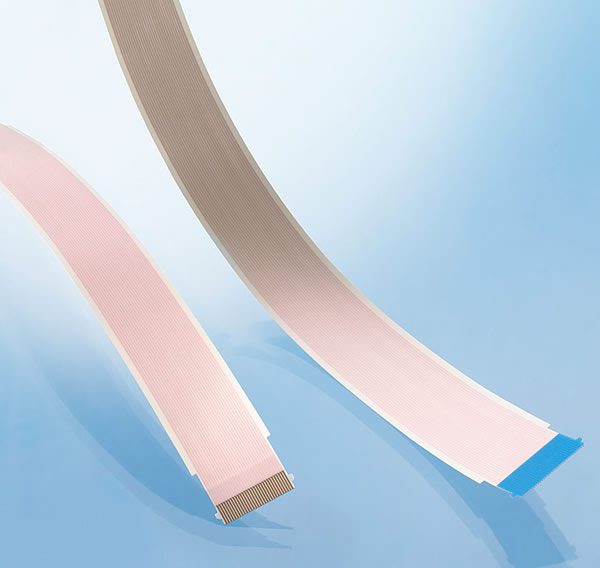
FFC for board-to-board interconnect from Axon’ Cable. In addition, Axon’ offers FDC – flat cable assemblies for flat displays, 100 ohm impedance flat flexible cables for higher data rates, and Axostrip flat cables with round pins for PCB connection.
Initially, termination technology was either direct solder (a permanent connection for low-cost applications) or crimped contacts (a separable connection for high-end pluggability). ELCO developed the first card edge style connector in 1986 to mate directly to the FFC. This low insertion force (LIF) type connector provided simple and reliable mating and unmating of the cable to the printed circuit board. ELCO’s 8370 Series became an industry standard for cost-effective FFC terminations. In 1987, ELCO introduced the first zero insertion force (ZIF) connector, Series 6200, which provided increased mating and unmating cycles.
Design Notes
- Pins (Conductors) – The number of conductors (pins) can range from just a few to more than 100.
- Pitch – Many pitches are available, but the most common are 0.500 mm, 1.00 mm, and 1.25 mm. Custom pitch and multiple pitch FFC may also be available.
- Type – Some cables (described as Type 1 by Würth Elektronik or Type A by Molex) have the exposed contacts on the same side at each end. Other cables (labeled Type 2 or Type D) have the exposed contacts on opposite sides of the cable.
- Exposure length refers to the length of the electrical contact exposed at that termination of the cable.
- Stiffener – Extra material attached on the opposite side of the exposed length of the cable to facilitate ZIF or LIF.
- Conductor size refers to the width and thickness of the conductors.
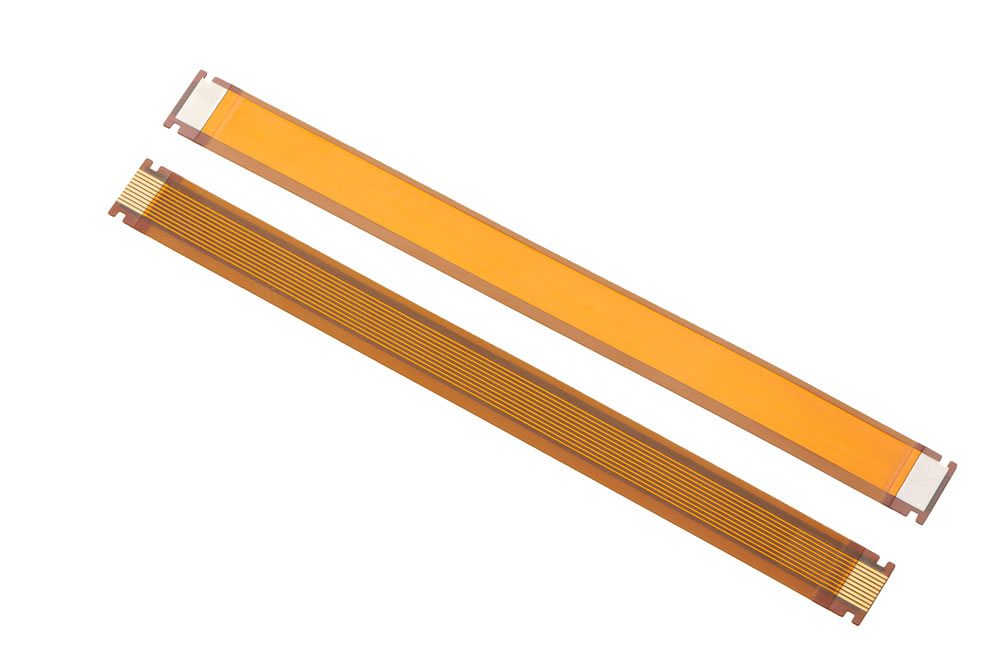
Premo-Flex Flat-Flexible Cable Jumpers from Molex deliver durable and extra flexible PCB-connection solutions with an extensive range of custom and off-the-shelf options, including assemblies with LVDS connectors. These options enable designers to maximize PCB space, reduce component costs, and provide devices with reliable board-to-board connections.
Applications
Printers, plotters, scanners, copiers, stereos, LCD appliances, fax machines, DVD players, signal transmission and plate board connections, laptops, cellphones, portable medical equipment, and other mobile devices.
Suppliers
Amphenol Communications Solutions, Axon’ Cable, Molex, Nicomatic, Cicoil (Trexon), Samtec, TE Connectivity, Würth Elektronik, GCT, Yamaichi
Related Products
- FFC/FPC connectors
- ZIF/LIF
Like this article? Check out our other Meet the Connector articles, our Medical Market Page, and our 2023 and 2022 Article Archive.
Subscribe to our weekly e-newsletters, follow us on LinkedIn, Twitter, and Facebook, and check out our eBook archives for more applicable, expert-informed connectivity content.
- Sealing Success: Overmolding for More Secure Connections - April 23, 2024
- Medical Cable Assemblies Product Roundup - April 23, 2024
- Mezzanine Connectors Product Roundup - April 16, 2024

